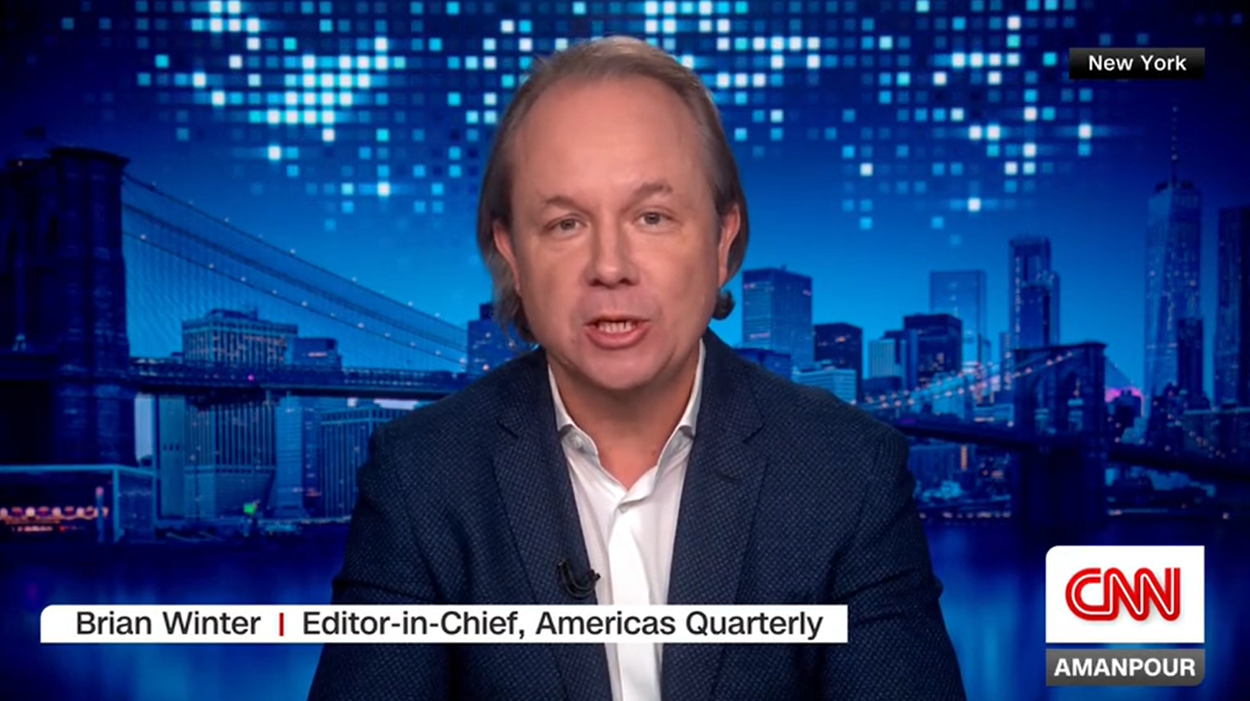Weekly Chart: A Post-Copper Economy in Chile
Weekly Chart: A Post-Copper Economy in Chile
We look at the economic growth of the world’s top copper exporter.
“We are not growing much, but there is no crisis,” Chile’s Finance Minister Rodrigo Valdes said in March. This year, the International Monetary Fund expects the country’s GDP growth to hit 1.5 percent, below the 5.2-percent average growth Chile saw from 1987 to 2015. At play are overall global sluggishness and the country’s dependency on copper, which accounts for 49 percent of total exports.
Copper’s devaluation over time, from $4 per pound in 2011 to $2.20 in March 2016, coupled with diminishing global demand, led to budget loss of some $7 billion in the value of its copper exports from 2014 in 2015. There’s some good news from Chile’s largest copper consumer: China. As demand from the Asian giant stabilizes after a slowdown, the price of the red metal is expected to improve, and has already risen 6.1 percent this year as of April 21.
Still, the South American country hopes to diversify and modernize its mining sector. The government introduced a set of 22 initiatives in March that would boost the productivity and innovation of a “post-copper economy,” with a focus on increasing exports of mining-related goods and services while expanding to other large reserves of nitrate, iodine, and lithium. Improving the regulatory environment for small- and medium-sized businesses would also benefit the country and draw more investors, according to a report released April 25 by the Organization for Economic Cooperation and Development.








